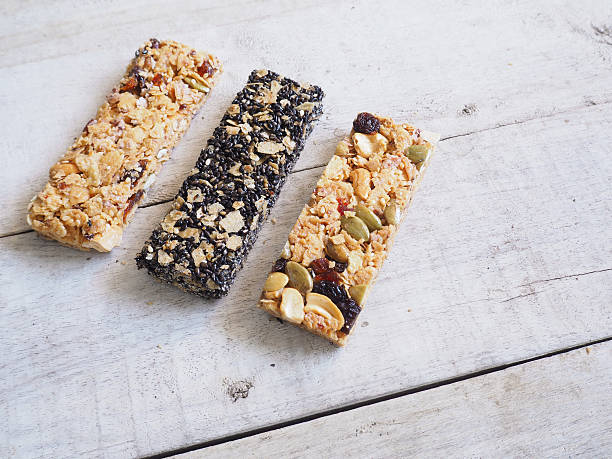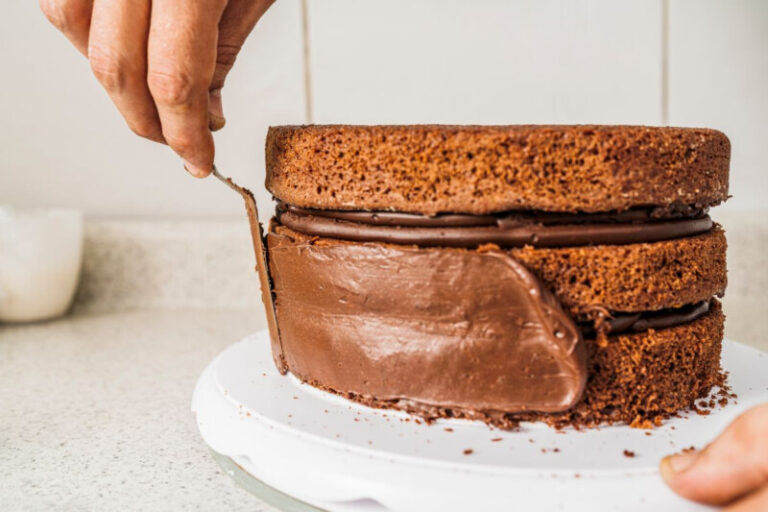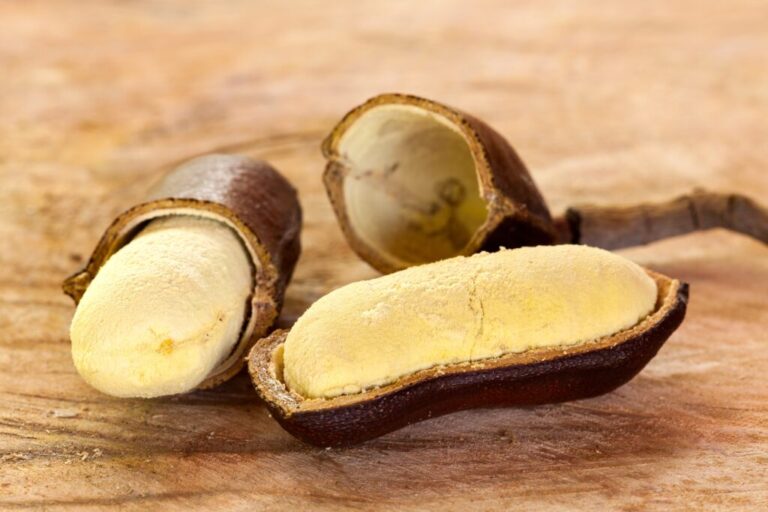Can Granola Bars Go Bad?
Granola bars have become a popular snack food in recent years. Their convenience, portability, and variety of flavors make them an ideal choice for busy people on the go. But like any food product, granola bars can go bad if not stored and handled properly. In this article, I’ll provide details on the shelf life of granola bars, signs that your bars have spoiled, proper storage methods to maximize freshness, common causes of granola bar spoilage, and tips to determine if your granola bars are still safe to eat.
How Long Do Granola Bars Last?
The shelf life of granola bars depends on several factors:
- Expiration date: Most commercially packaged granola bars will stay fresh for 6-12 months past the printed expiration date, provided the package remains unopened.
- Ingredients: Granola bars containing fresh fruits, nuts, and oils tend to have a shorter shelf life compared to those made with dried fruits and ingredients. The oils in fresh nuts can go rancid over time.
- Packaging: Granola bars that are vacuum sealed or packaged with protective atmosphere gases last longer than those in simple plastic wrappers. The packaging prevents oxidation and moisture from accelerating spoilage.
- Opening the package: Once opened, the shelf life decreases dramatically to just a few weeks. Exposure to air and moisture causes the bars to stale quickly.
So check expiration dates, and once open, try to consume granola bars within a few weeks for best freshness and taste. Unopened bars stored properly can safely be eaten for at least 6 months past the date on the label.
Signs Granola Bars Have Spoiled
Watch for these common signs that your granola bars have gone bad and are unsafe to eat:
- Mold growth: Mold appears as fuzzy or slimy patches of black, green, or white. It indicates bacteria growth has caused the bars to spoil.
- Off smell/taste: Rancid odors or tastes signaling spoilage. A sour, bitter, or “off” smell means don’t eat them!
- Discoloration: Granola bars may darken, lighten, or develop an unnatural or uneven color.
- Texture changes: Hard, stale, soggy or mushy textures. Granola bars should be semi-soft with a chewy texture.
- Swollen packaging: Bulges or puffed up appearance may signal gas from bacterial growth. Don’t consume if package is opened or damaged.
Seeing any of these signs means your granola bars have spoiled and may be unsafe to eat. When in doubt, throw it out!
Proper Storage of Granola Bars
Storing granola bars correctly helps maintain freshness and prevent premature spoilage:
- Unopened: Leave bars sealed in original packaging stored in a cool, dry pantry away from heat and sunlight.
- Opened: Transfer any remaining bars to an airtight container or resealable plastic bag. Push out excess air before sealing to limit oxidation.
- Avoid humidity: Moisture causes the bars to become soggy and degrade faster. Store in a dry area, not refrigerated.
- Keep cool: High temperatures melt oils and accelerate chemical reactions. Store granola below 70°F for optimal freshness.
- Check packaging: Inspect for damage like small holes or tears before purchasing. Don’t buy compromised packages.
Proper storage keeps granola bars tasting great until you’re ready to enjoy them!
What Causes Granola Bars to Spoil?
There are a few main reasons why your granola bars may spoil prematurely:
- Exposure to air: Oxygen oxidation causes fats in the bars to go rancid and flavors to degrade. Keeping bars sealed prevents air exposure.
- Moisture: Absorbing moisture makes bars soggy and enables mold growth. Storing in airtight containers or bags prevents this.
- Heat: High temperatures melt oils and accelerate chemical reactions causing off-flavors. Keep bars away from direct sunlight or warm areas.
- Time after opening: Once exposed to air, the shelf life decreases significantly. Eat opened bars within a few weeks.
- Bacteria/mold: Contamination leads to fuzzy mold growth or gas production from bacterial action. This causes swelling packages.
Being aware of these common spoilage causes helps you prevent granola bars from going bad too quickly. Follow proper storage methods to maximize freshness.
Can I Eat Granola Bars After They Expire?
So can you still eat granola bars after the expiration date or showing signs of spoilage? I would advise against it.
Eating spoiled, old, or moldy granola bars puts you at risk for foodborne illness. Bacteria like mold, salmonella, or E. coli can grow in old bars and make you sick. The texture and taste will become unpleasant as well.
I recommend tossing expired or questionably old bars. Don’t take a chance on food poisoning! Stick to fresh, non-expired bars stored properly.
Checking dates, monitoring for spoilage signs, and following storage guidelines for unopened and opened packages helps granola bars stay tasty and last as long as possible. Be diligent to ensure your granola bars remain safe and pleasant to eat!






